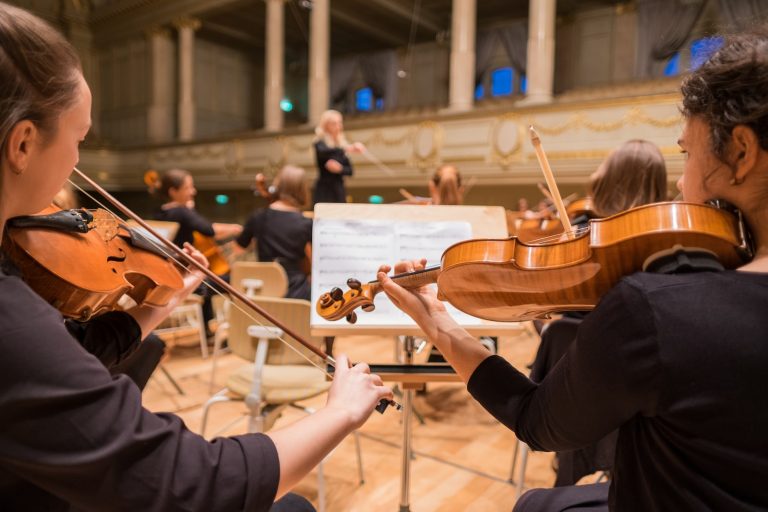When it comes to playing the violin, having a good bow is just as important as having a good instrument. The right bow can significantly affect the sound quality you produce, while the wrong one may make your playing experience frustrating and even difficult. With many types of violin bows available on the market, knowing which to choose can be overwhelming, especially if you are still learning how to play or have limited knowledge about the different materials that make up violin bows.
Here’s everything you need to know about different types of violin bows and which one might suit your playing style best.
Story Stages
Materials Used in Making Violin Bows
The most commonly used materials for making modern-day bows include pernambuco wood, carbon fiber, or composite materials like graphite or Kevlar. However, traditional makers still prefer using high-quality Brazilian Pernambuco because it produces a rich and warm tone that complements classical music tones.
Softer woods, such as Brazil wood, fall short when compared with this option in clarity and tonal sophistication. Longevity should also be taken into consideration when making quality violin bows. Generally speaking, Pernambuco lasts longer than other alternatives. This increased convenience isn’t apparent immediately when just starting out, and the wood type will shape any aspiring musician’s technique long term.
Fiberglass options vary widely depending on craftsmanship; they’re relatively inexpensive and time-resistant. It is a great investment if acquiring another choice (like Pernambuco) seems far off.
Violin Bow Characteristics: A Closer Look
-In order of most economically friendly :
Fiberglass
Wooden student model
Half liner Doresyé
Carbon Fiber beginner & intermediate
-Peek(lower use),and Bamboo(higher use)
– Intermediate wooden models(compared to student finishes)
Fully lined Dorseyé with MOP eye!
With those basic modalities understood, we can reflect more knowledgeably on each bow’s unique point of difference moving forward.
Wooden Student Model Violin Bows
Student violin bows are the right choice for beginner players who are still exploring different bowing techniques. These violins have a stick made from Brazilwood and may be mixed with some other less expensive options. Primarily used as an unobtrusive, less durable option. You will often see them in bundled purchases along with beginner to intermediate student violins. These accompany even stronger material types accompanying techniques if you need ongoing dependability.
Half-Lined Dorseyé Bow
The half-lined Dorseyé bow sits around mid-level from a quality standpoint. But don’t judge stuffy books by their covers – this bow retains surprising strength within its quirky characteristics. Like true-to-form whalebone tips!
Carbon Fiber Beginner & Intermediate Bows
A bit of both economical and reliable, long-lasting carbon fiber bows make up one of two predominant groups all composites must fit into.
They’re lighter than wooden models and can be played somewhat more subtly, which gives players additional control. It’s noteworthy that durability is still the biggest advantage. Studies conducted on carbon fiber materials overall report significant increases in longevity incapable areas relative to earlier woods.
Nonetheless, the low-end produced notes tend to sound unnatural when compared to fully lined wooden Dorsey varieties.
Peek and Bamboo Bows
Peek or bamboo-manufactured violin bowed options have received attention recently. Their selling points? Well priced without much quality decrease.
They’re for intermediate musicians still seeking improvement. They seem especially popular amongst bluegrass violinists. Open strings take on a new life with pyramids added weight(bamboo tipped)bow examples.
To Conclude
There’s a wide range of violin bows available on the market, from inexpensive fiberglass options to high-end pernambuco bows that can set you back over a thousand dollars.
Consider factors such as your skill level, usage frequency, and budget when selecting one for yourself. Always remember important details about length(width) and weight font, making it easier for you to find exact characteristics to fit your needs!
